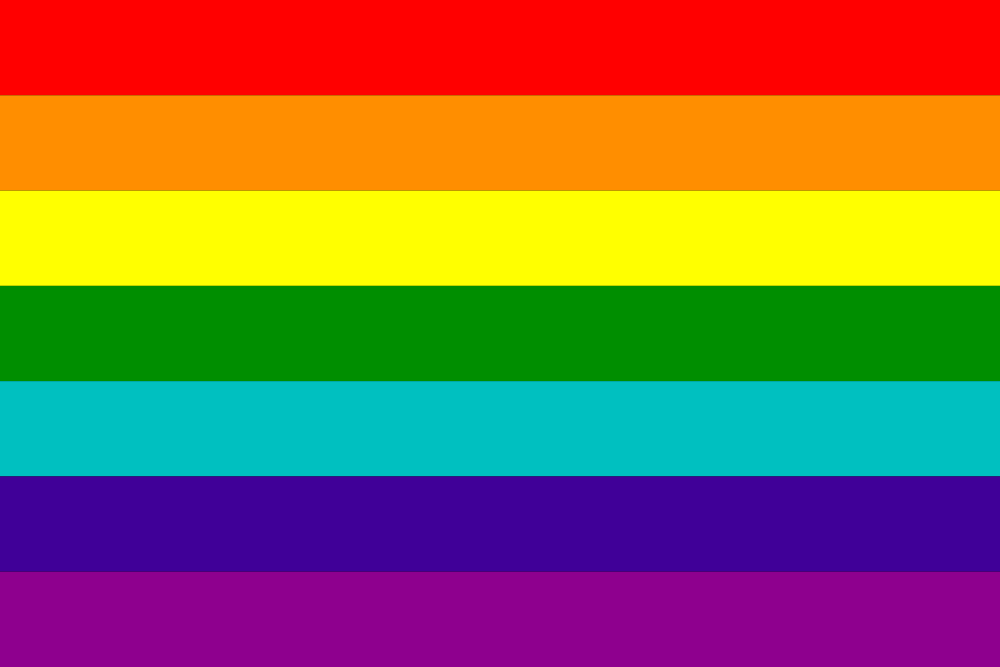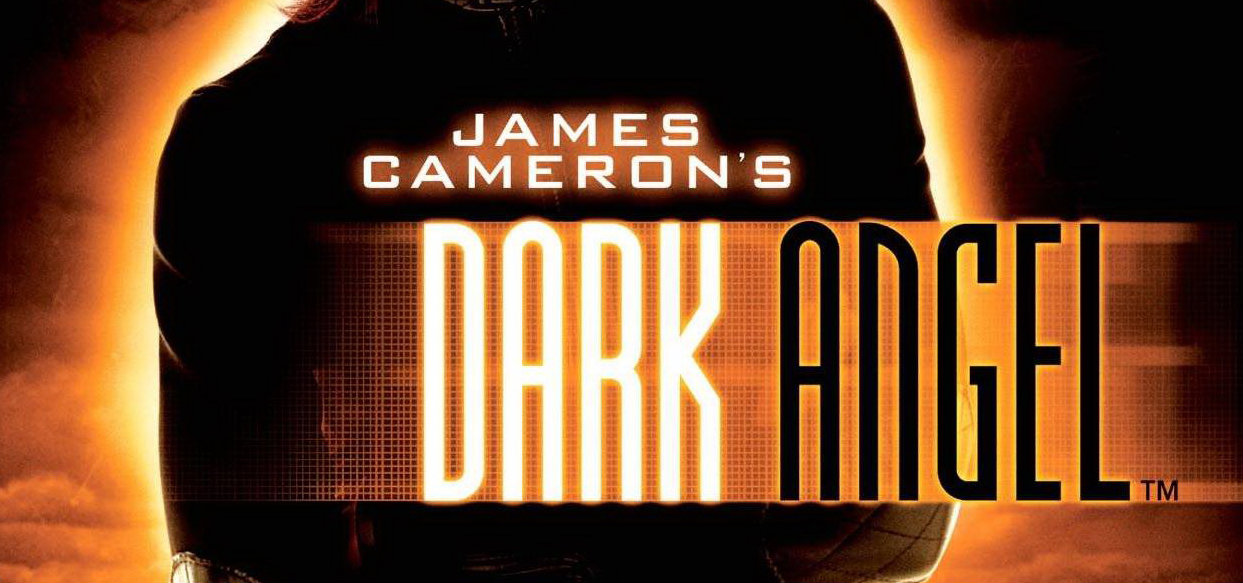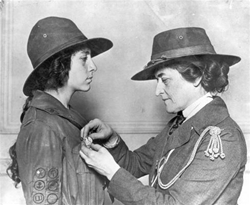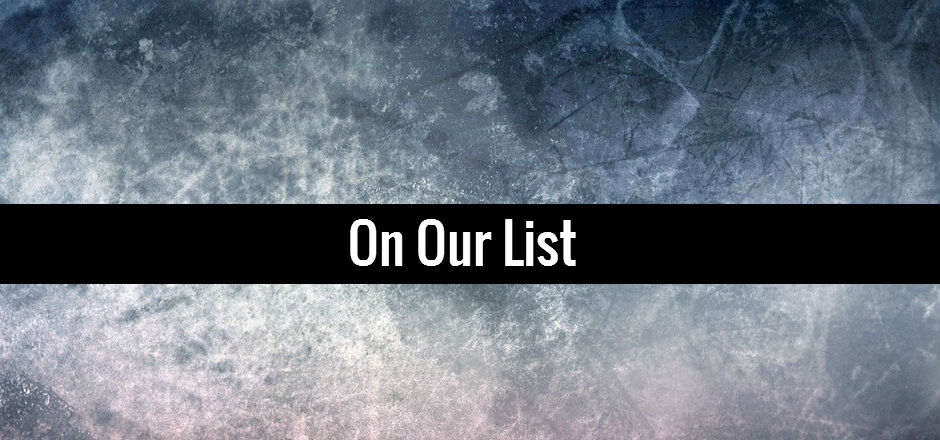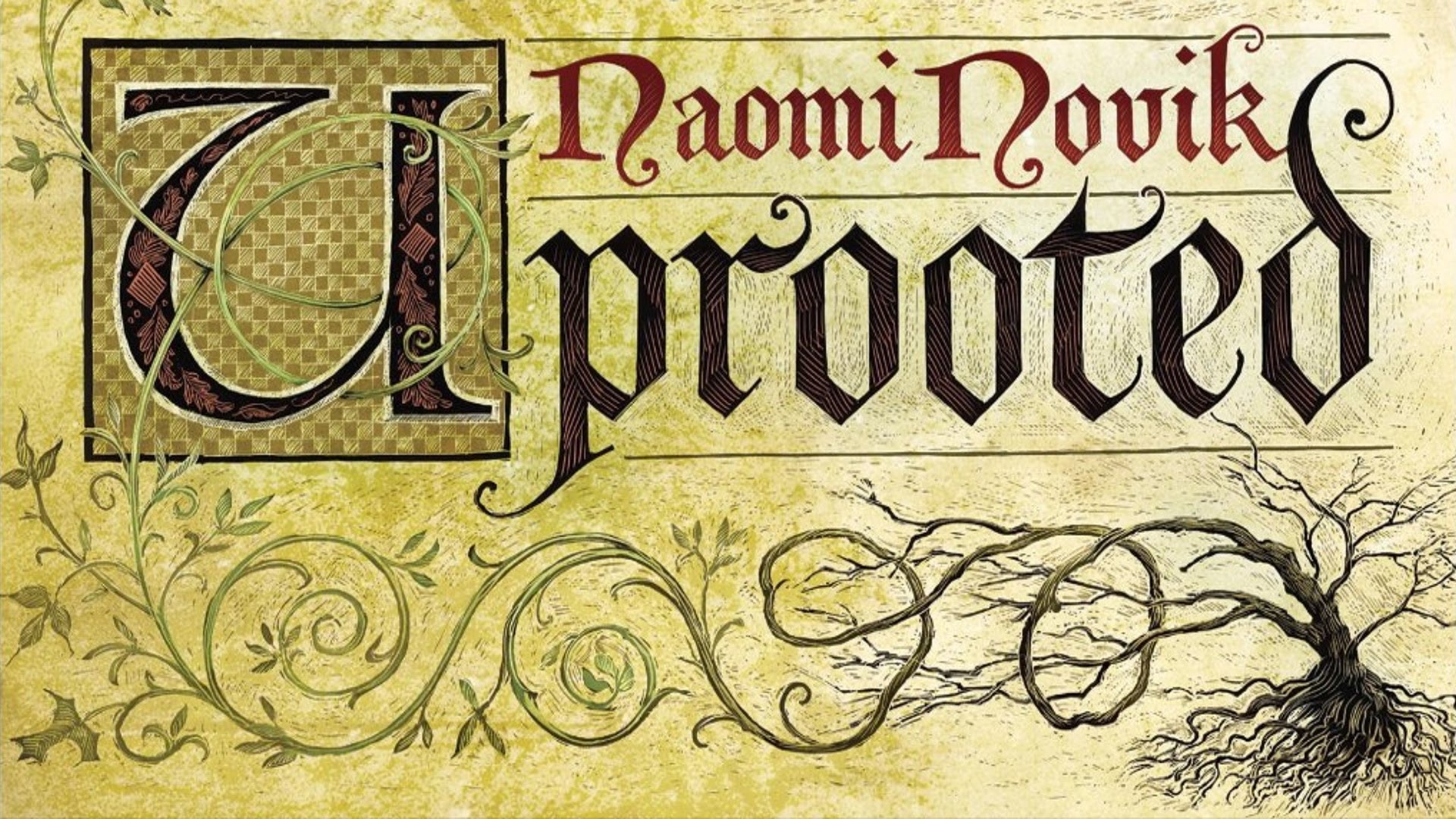Since I started reading the newspaper at a very early age, I learned a lot of things other kids didn’t, and my mother had a little bit of a shock when, at 7 or 8, I looked up from the paper and asked, “What’s ‘transexual’ mean?” My mother had the patience to explain the word meant a person who felt like they were the opposite sex, like someone born male who felt female or born female who felt male, and that it was different from being homosexual. The explanation was enough for me, and I accepted it as something that happened to people occasionally.
It wasn’t until years later that I realized not everyone accepted such things as easily as I did in second grade.
The film Milk was released in theaters during my senior year of high school, the same year I read the short story “Brokeback Mountain” for an advanced English course; I watched the film adaptation of Brokeback Mountain while taking the class. I’d been aware of different forms of sexuality for years – but it was through film and literature that the harsh reality of life for many in the LGBTQ community started becoming clear.
In 2012, the Huffington Post – among other sources – reported that 2011 saw the highest-ever reported numbers of anti-LGBT murders – and that’s just in the United States. The Southern Poverty Law Center found gays more likely than any other group in the country to experience hate crimes. The inherent danger of identifying openly as LGBTQ – Lesbian, Gay, Bisexual, Transgender, or Queer – is incredibly obvious.
Part of our mission at Girls in Capes is the visibility of underrepresented groups and ideas in geek culture, and that’s in part because visibility of an issue brings that issue forward for discussion. While we plan to celebrate great representations of LGBTQ characters in books, TV, movies, and games in this issue, we also hope to highlight the more problematic LGBTQ issues in our society.
This isn’t the first time we’ve addressed difficult topics, and as a staff, we feel the visibility and representation of LGBTQ characters is both a difficult and important topic. As I’ve experienced in my own life, the visibility of people who experience hatred can transform thoughts and deepen both compassion and understanding. People fear what they don’t understand, and fear turns easily into violence.
In recent years, there’s been incredible progress made in terms of representation and visibility in geek culture. Gay couples have enjoyed higher visibility in the Big Two’s comics – such as Batwoman in DC’s New 52 and the relationship between Wiccan and Hulkling in Marvel’s Young Avengers – and LGBTQ issues are a hot topic in young adult fiction.
Unfortunately, representation and visibility still stands to be improved. This October, we’ll discuss many issues across the board, mainly centering on visibility of the LGBTQ community in some of our favorite media. From bisexuality in Buffy the Vampire Slayer to great LGBTQ fiction for young adults, from representation in anime to LGBTQ creators – this month is about sharing experiences and discovering new stories.
Please join our conversation as we discuss issues and visibility of the LGBTQ community across geek culture and pop culture.
Feliza Casano is the founder and editor in chief of Girls in Capes and writes for all sections of the web magazine. Follow her on Twitter @FelizaCasano.
